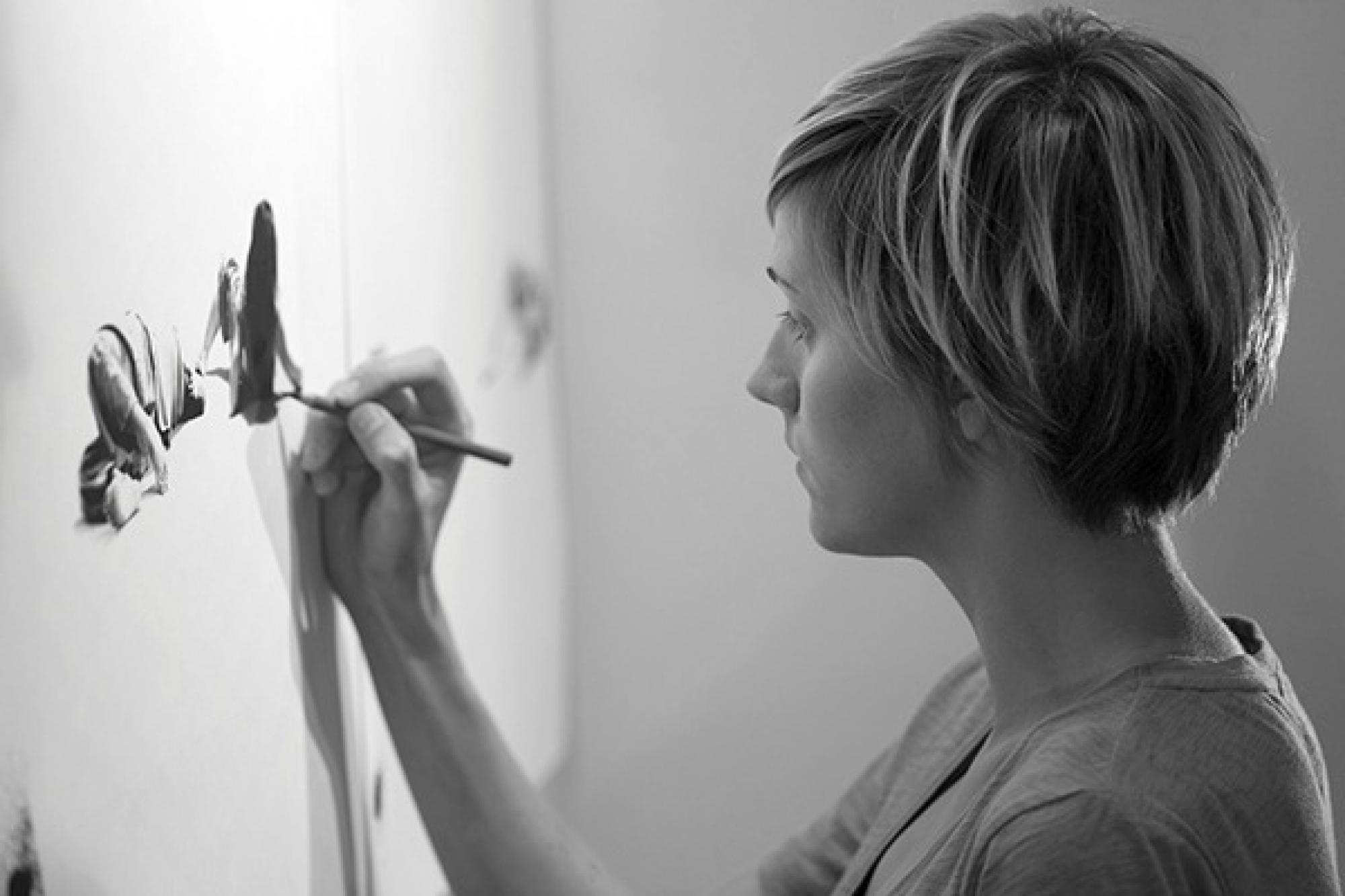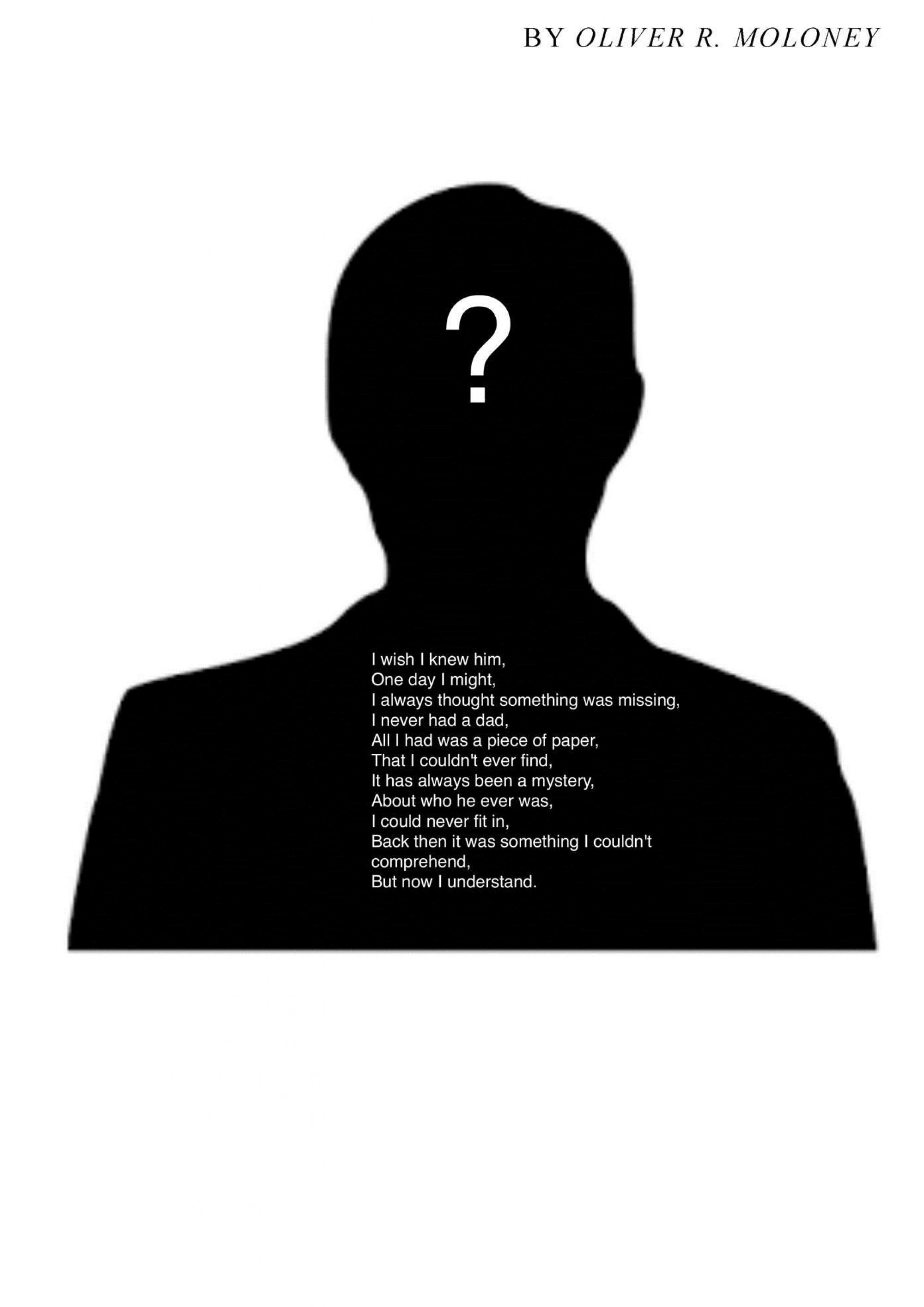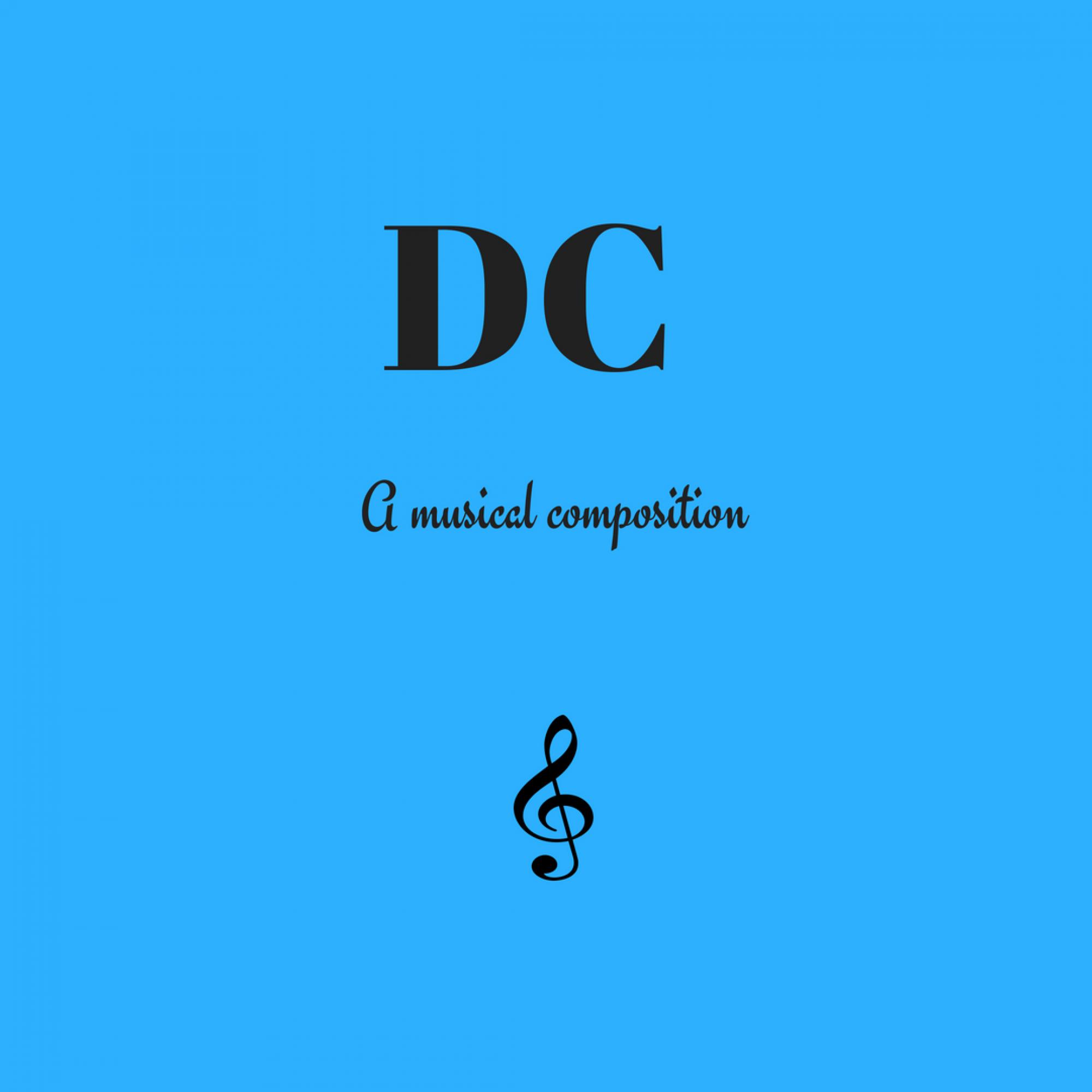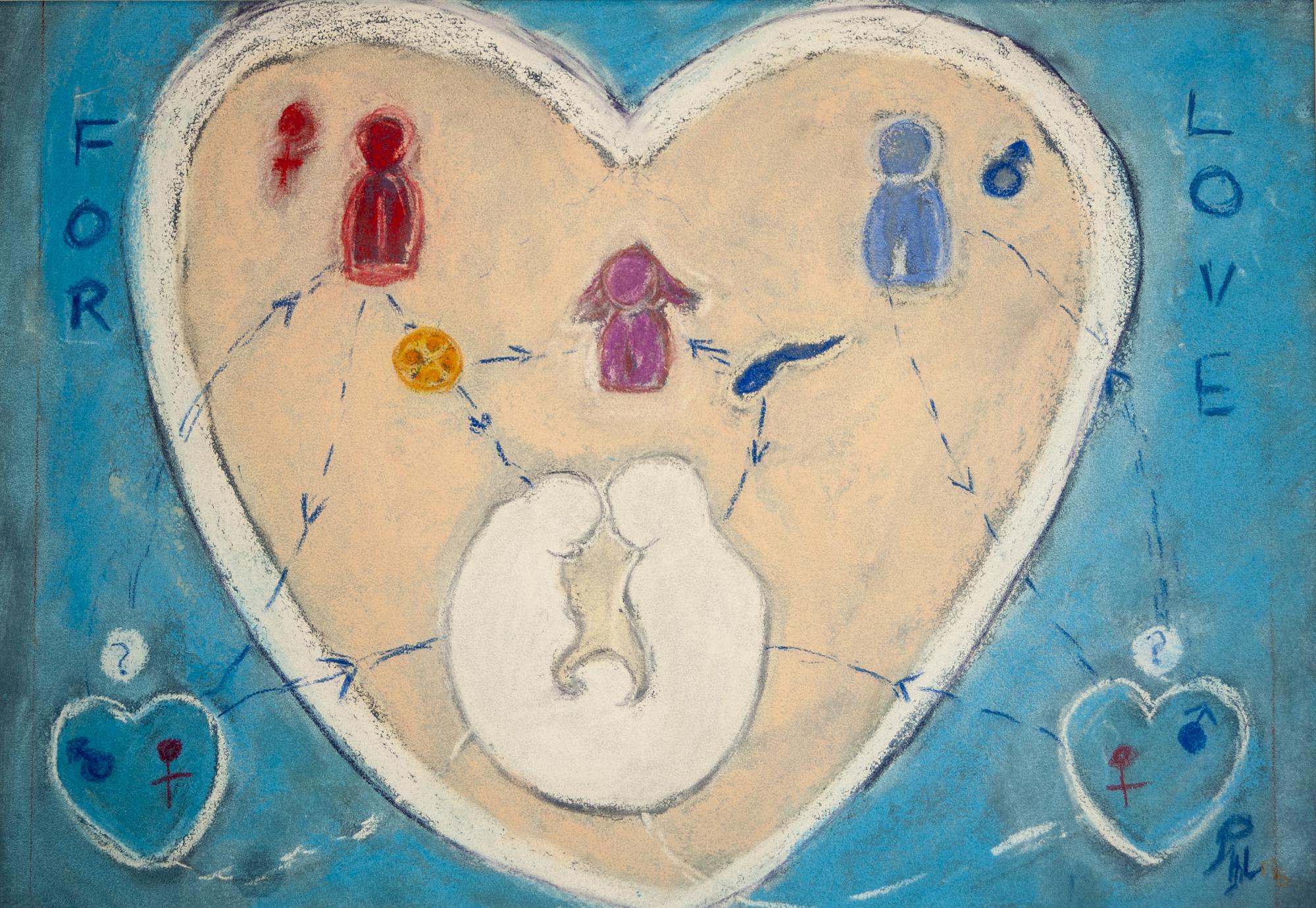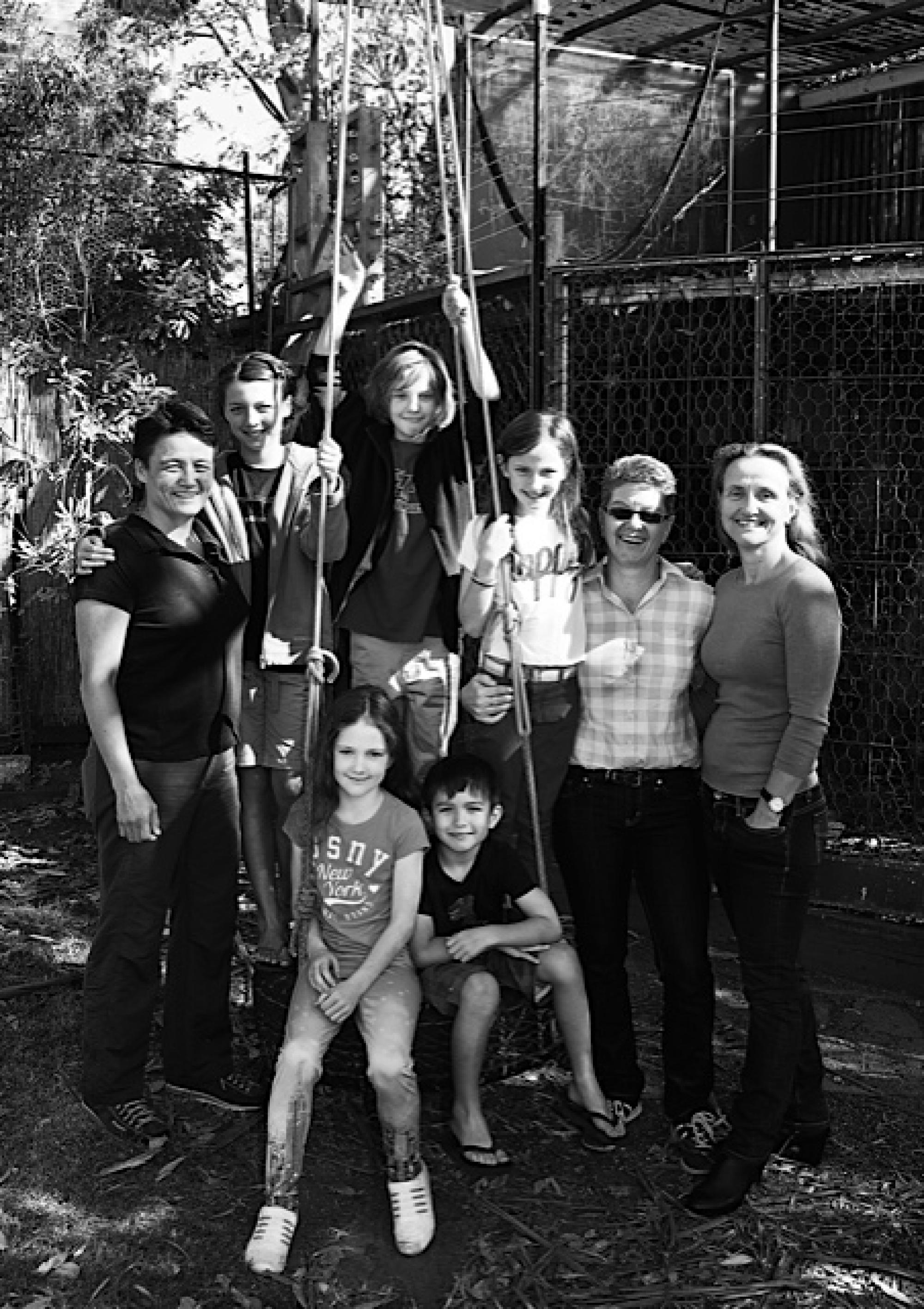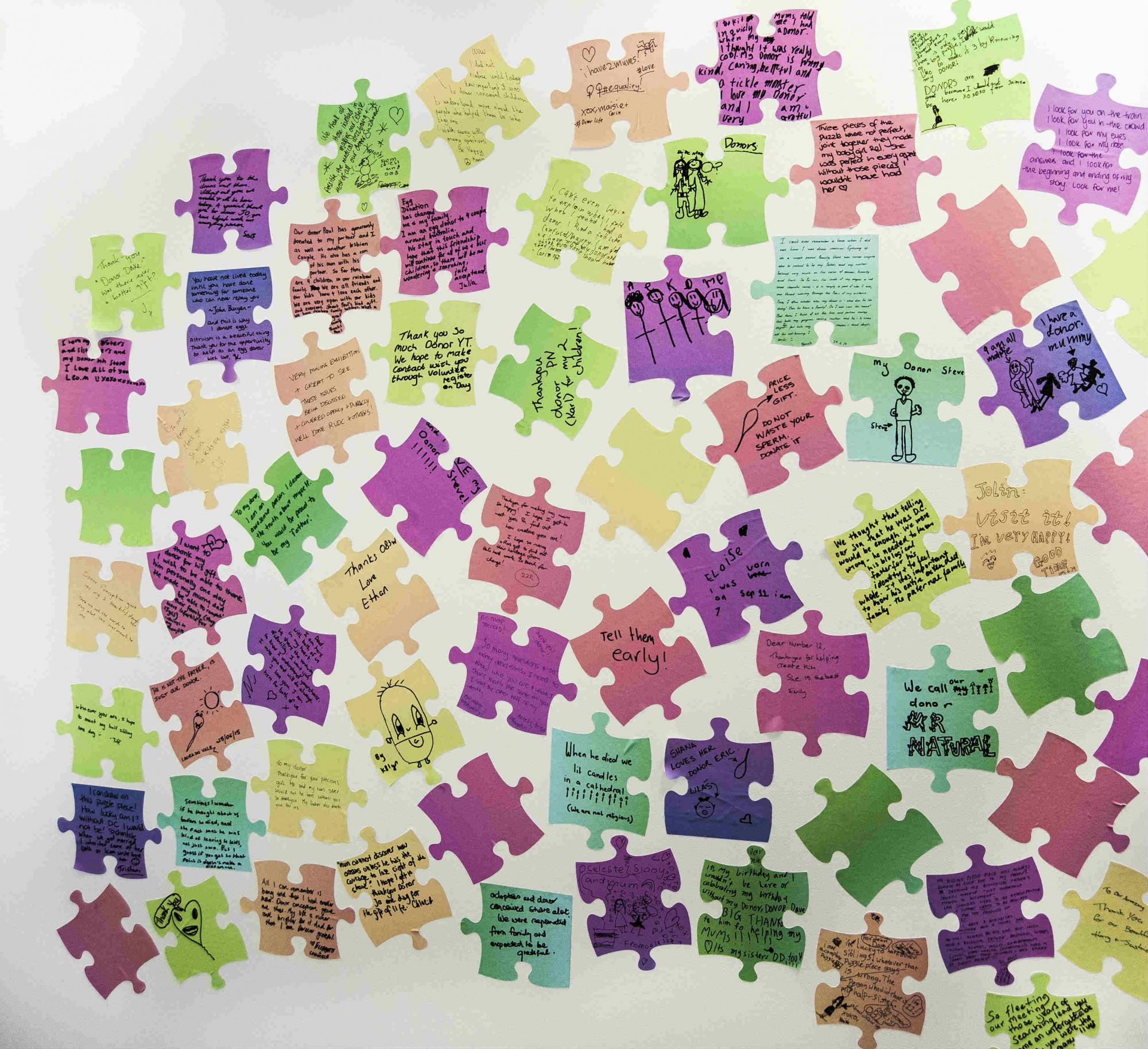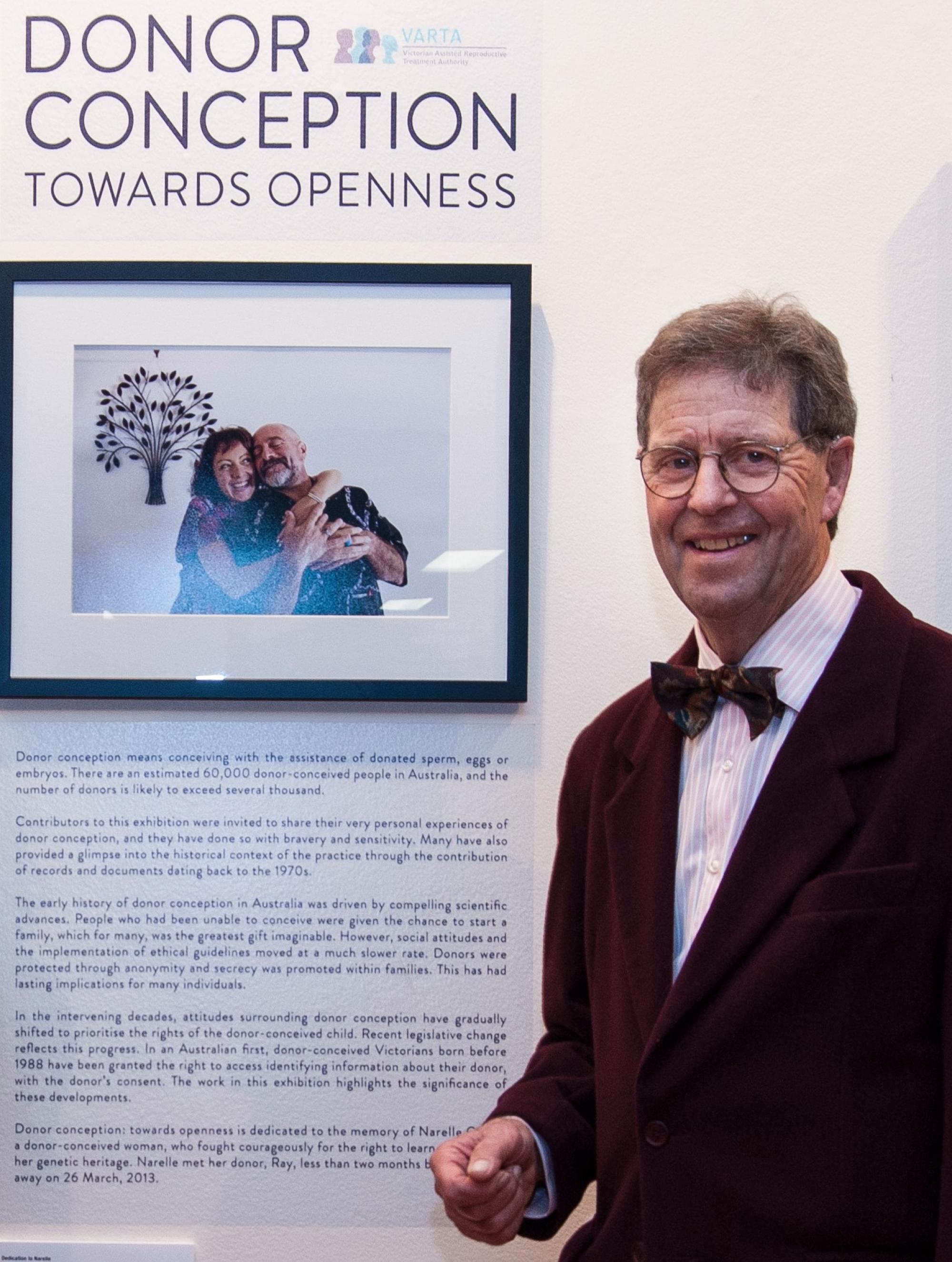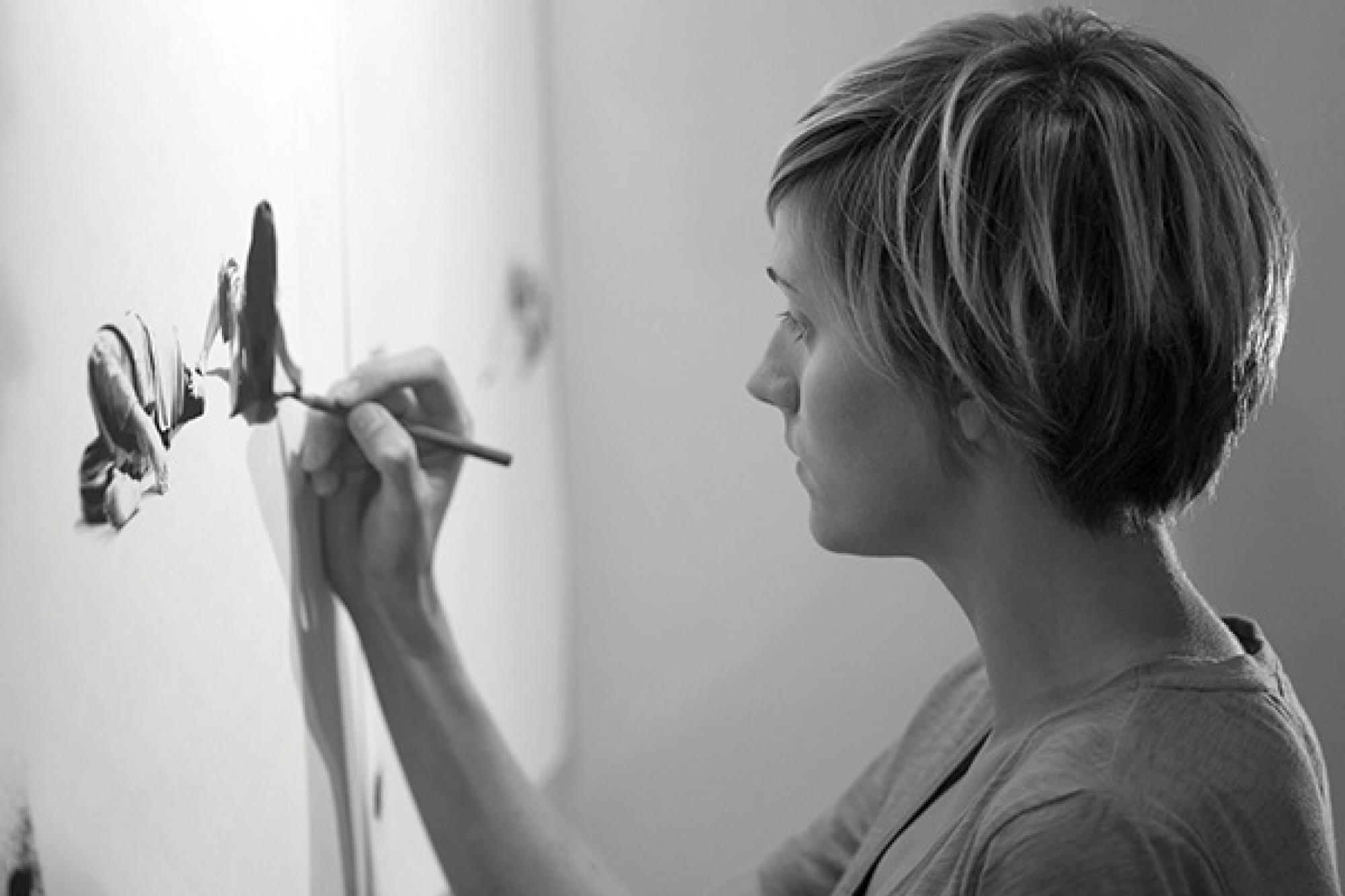Seeking identity
People who have been conceived using a donor can find out at different stages of life. This discovery can be a very challenging concept to absorb, and donor-conceived people can feel emotional unrest, disconnection to their family, and may want to seek answers about elements of their genetic identity. Individual experiences of processing this information differ greatly.
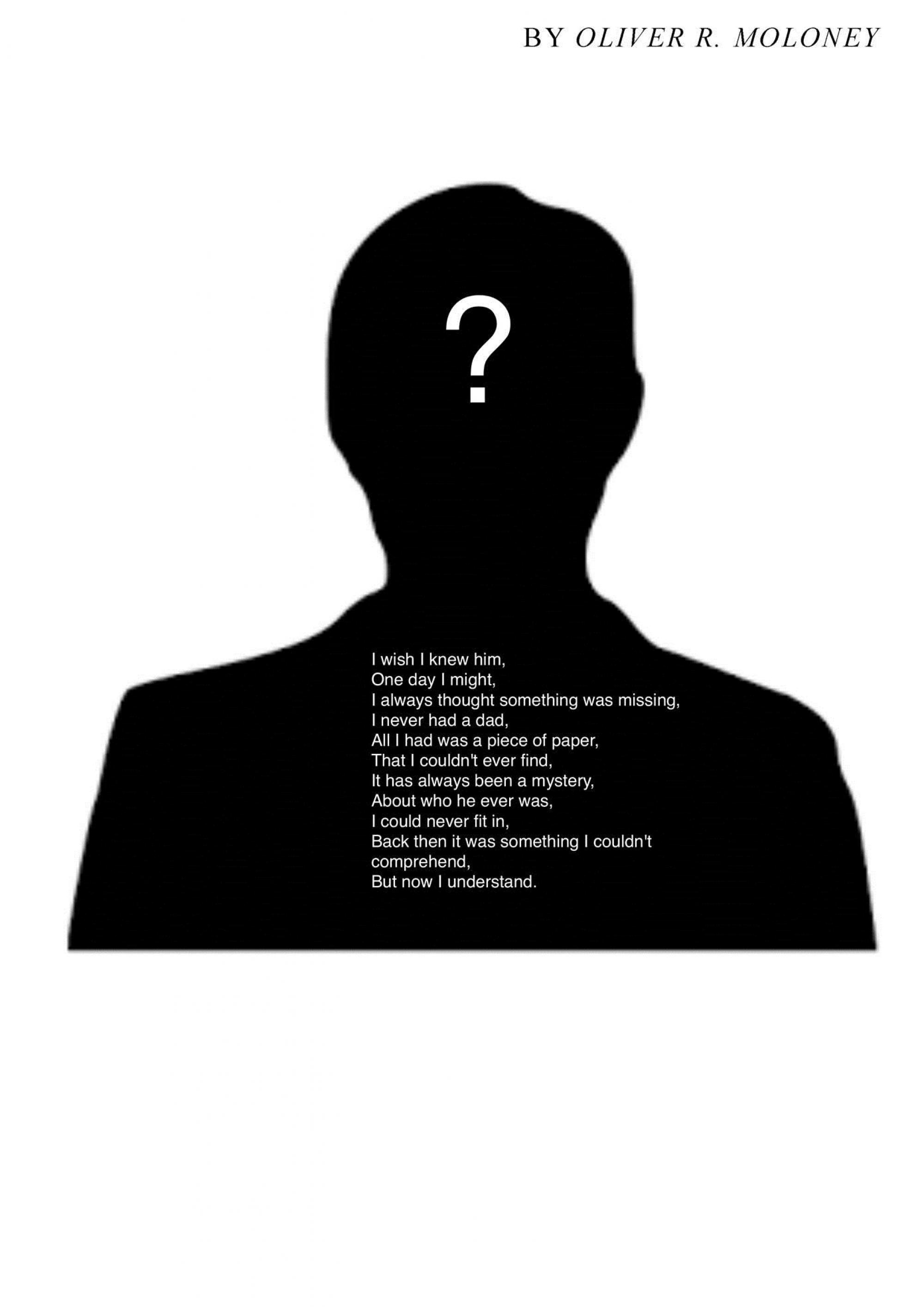
I wish I knew him, one day I might
Oliver, a 12-year donor-conceived child wrote this poem for school:
I wish I knew him,
One day I might,
I always thought something was missing,
I never had a dad,
All I had was a piece of paper,
That I couldn't ever find,
It has always been a mystery,
About who he ever was,
I could never fit in,
Back then it was something I could never comprehend,
But now I understand.
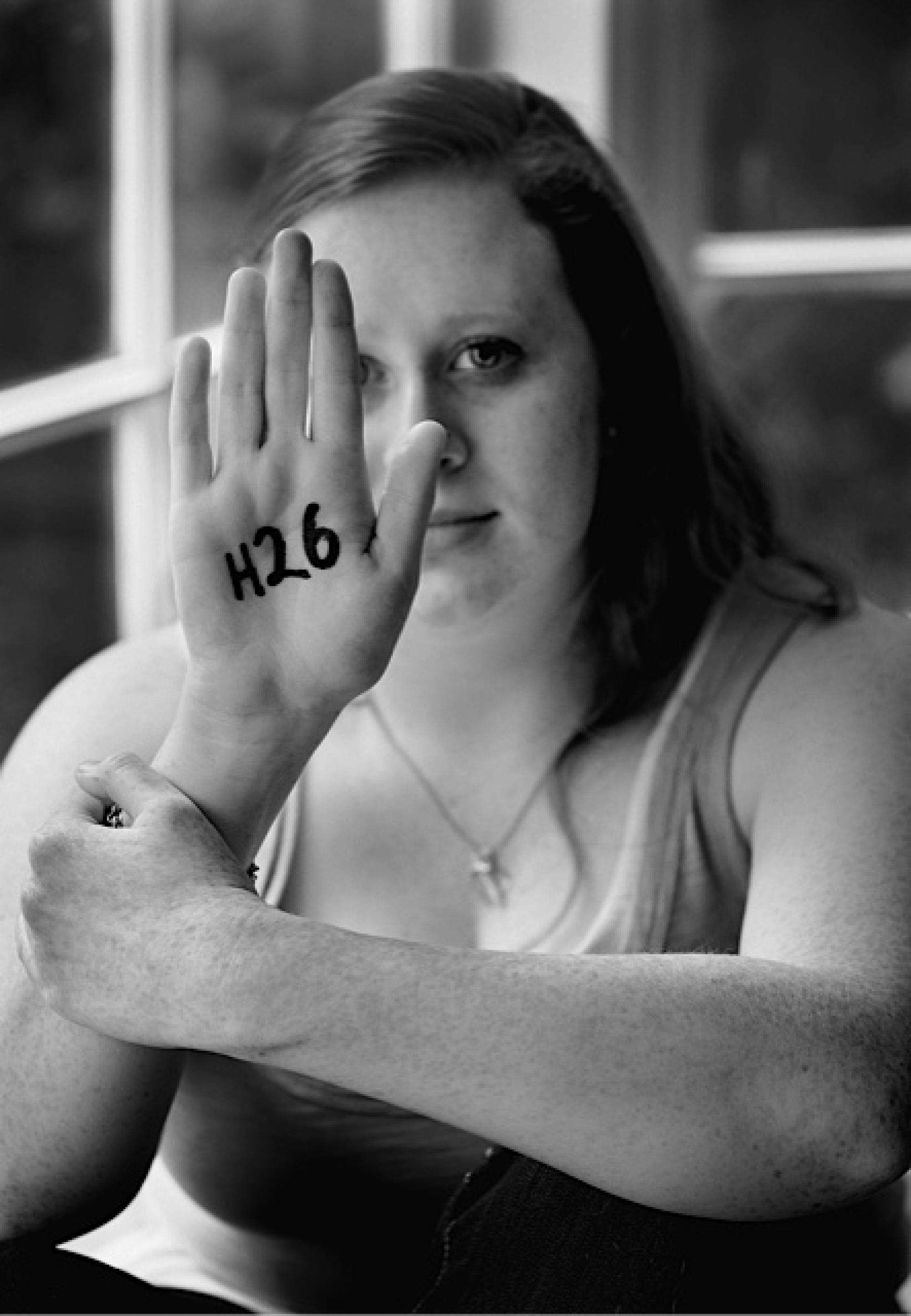
It shook my sense of identity to learn that my life wasn’t as storybook perfect as I thought it was- that there was something a bit different about us.
I found out at age 12 that I was donor-conceived. My parents sat my brother and I down one evening and told us that my father was unable to conceive naturally, so they decided to use donor sperm. Finding out was pretty confronting. There had always been mum and dad, my brother and I and our pet dog. I felt we were a “perfect” little family and that gave me a degree of security. So it shook my sense of identity to learn that my life wasn’t as storybook perfectas I thought it was - that there was something a bit different about us. ‘It wasn’t till I was a little bit older that I started to think about the consequences of being donor-conceived, the idea that there was someone out there that shared half my DNA and that there were people that were my half siblings. ‘My feelings about being donor-conceived are always changing. One week I won’t even be thinking about it but other times I become teary about it, especially if it comes up in social media or in the news. I can get really emotionally involved and passionate and it does upset me quite a bit. Or something can trigger it. For example, a couple of months ago I saw girl at a music festival. She was a redhead like me, she had a similar body shape and even some of our facial features were similar. Part of me wanted to go up to her and ask and find out whether there was any chance that she was a half-sister. But I couldn’t do that, because what if she hadn’t been told?
I have kind of imagined that my heritage is like a family tree but with three different branches coming down, rather than just two. Even though my bloodline is connected to my mother and my donor, my existence relies just as much on my dad’s family history. In a way my birth was all the more incredible because it relied on the choices that three people and their families made. But at the same time, it can be incredibly unsettling to think that there’s big chunk of my family tree that I don’t know anything about. It’s not a comfortable feeling to know that a significant part of my personal and ancestral history is missing. However being able to picture and better understand how interesting my family tree is has helped me come to terms with the situation. ‘People don’t understand that by not telling kids about their donor conception, by putting all the priority on what the parents feel or even how the donor might have felt at the time of donation, they are almost saying: “Part of who you are is shameful because it makes us uncomfortable to talk about how you were conceived and who you are”.
- Hayley
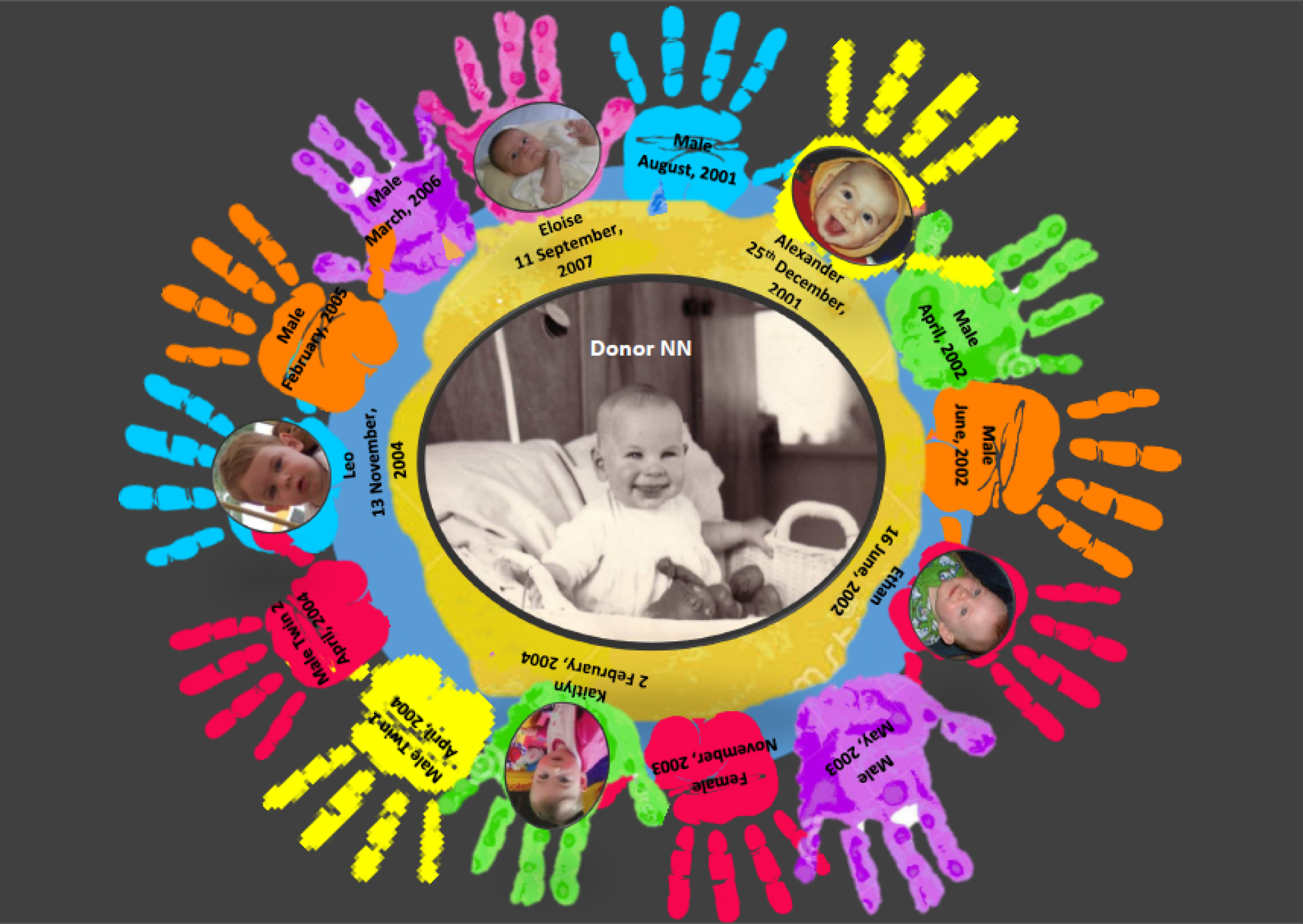
My son’s family was made with love and hope.
As a one parent family I have embraced the opportunity to link with others, to grow beyond my family and our family, but to welcome - my son’s family. My son’s family was made with love and hope. The love came from the parents and the hope came from our donor. As a group of parents we consciously chose to seek connection in the belief that it is in the best interest of our children. Our children all shared a common bond - Donor NN. My son's family has grown beyond he and I and this has enriched his and my life. Yet in the playfulness of our relationship with his donor-conceived siblings, are the empty handprints of the other children. My son reflects upon and hopes that one day he can stretch out his hand to greet the other children.
- Anna Perri
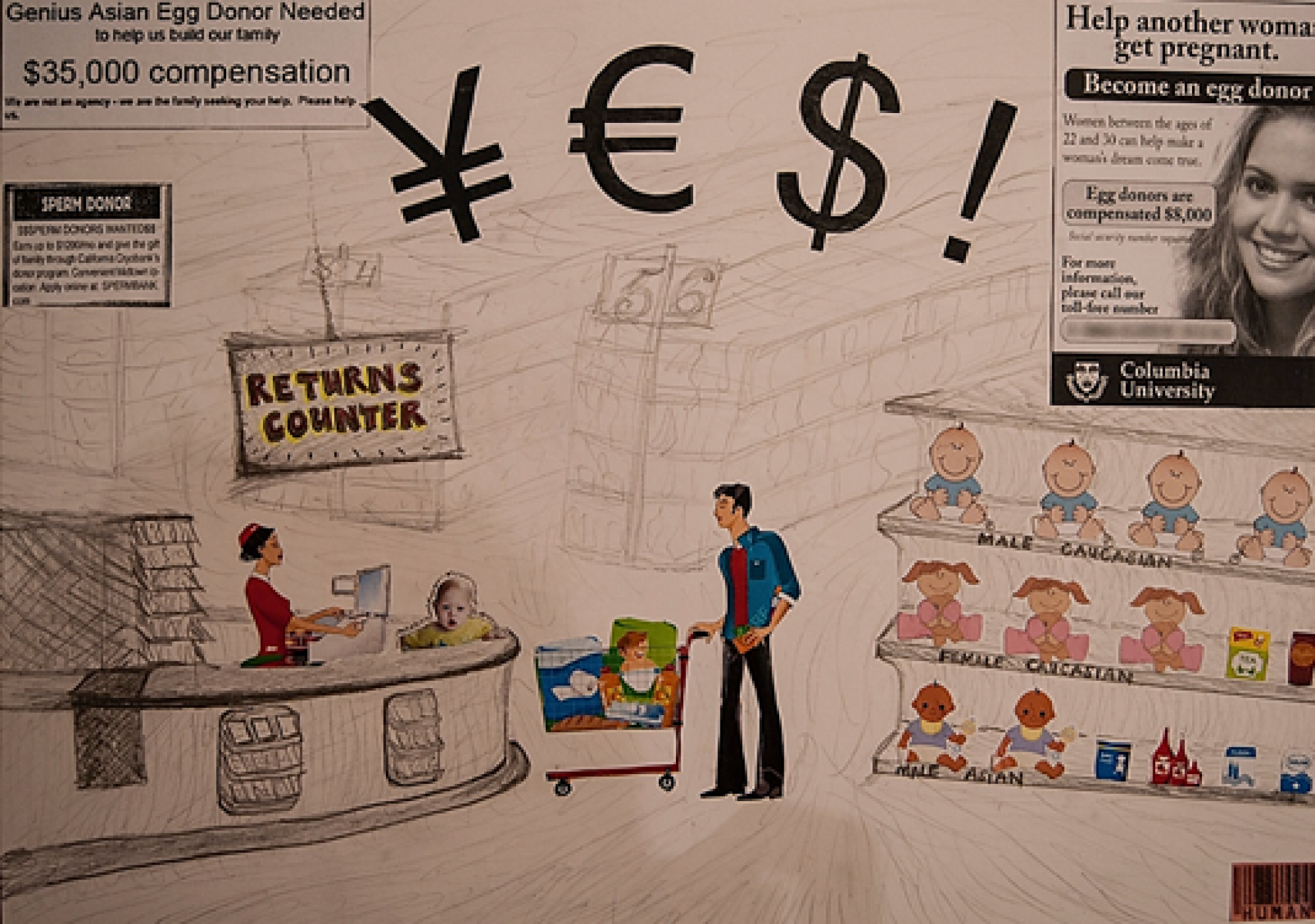
The media tends to focus on ‘joyous miracle baby’ stories of cross-border fertility tourism instead of asking more probing questions such as ‘does society condone baby trade?'
My biological father was paid about $10 each time he ‘donated’ sperm in the late 1970’s. In recent times globalization of the assisted reproductive technology industry has resulted in a dizzying array of donor egg, sperm, embryo and surrogacy options becoming available, intertwined with the advent of the market society philosophy in which everything can be legitimately bought and sold. Baby Gammy was commissioned by an Australian couple in a commercial surrogacy arrangement in Thailand, but was subsequently not wanted because he has Down syndrome. This artwork contrasts the unreal cartoon style babies on the supermarket shelves with the real baby, Gammy, who is being handed back at the returns counter. Is this a case of buyer’s remorse or the legitimate return of ‘goods’ that were not ‘fit for purpose’? The media tends to focus on ‘joyous miracle baby’ stories of cross-border fertility tourism instead of asking more probing questions such as ‘does society condone baby trade?’ I feel for people such as Gammy who may be denied knowledge of their biological parents or surrogate mother due to their origins in a commercial transaction, and I wonder if later in life this will impact on their sense of humanity.
- Lauren Burns
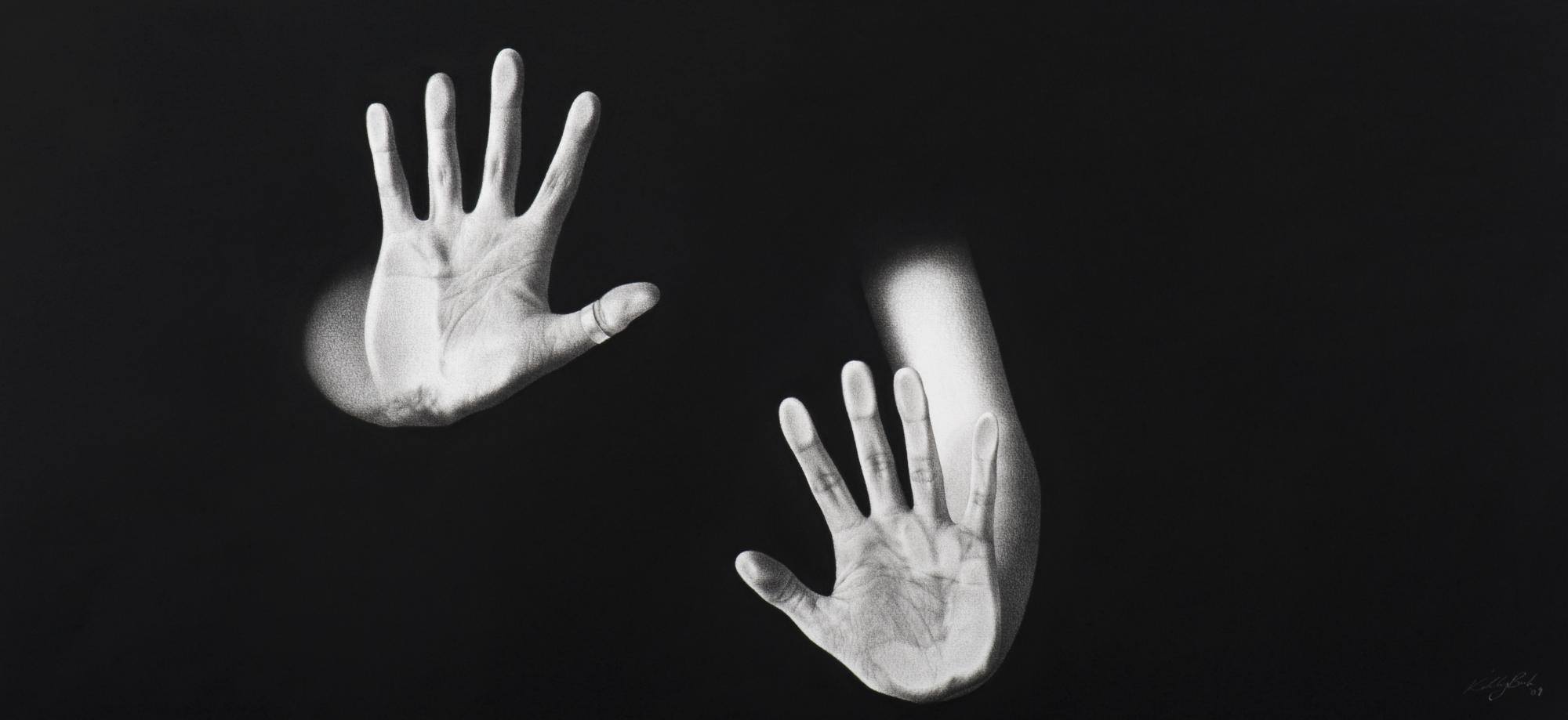
In those days, you didn’t talk about that kind of thing.
Mum and dad tried to have a baby for more than a decade before eventually conceiving with donor sperm. They never told anyone what they had been through to have this child. In those days, you didn’t talk about that kind of thing. As it turns out, the clinic didn’t believe in talking about this kind of thing either, and they made sure they wouldn’t ever have to: all of the records containing information about my donor and my dozen or more unknown half-siblings were destroyed shortly after I was born, and along with them, precious answers to questions I will never get to ask.
- Kim Buck, Curator
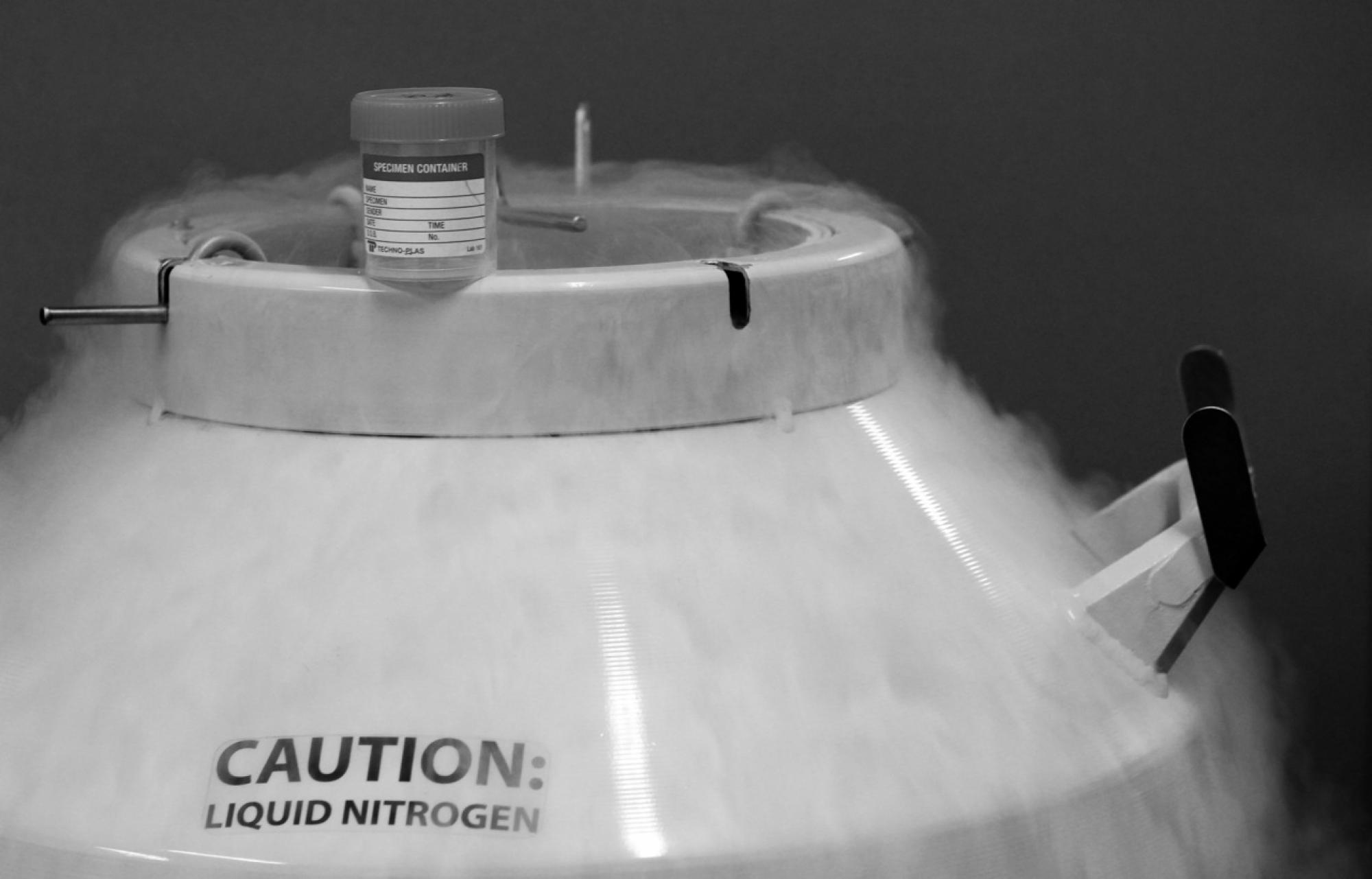
...it is clear to me that donor conception has been a medical experiment in social science.
As a scientist, it is clear to me that donor conception has been a medical experiment in social science. Its outcomes are complex which we do not as of yet have a full understanding and appreciation of. It can also affect each offspring differently. These images highlight various aspects of donor conception and how certain perceptions and interpretations may alter how we feel about not only our conception but also our humanity.
- Damian Adams
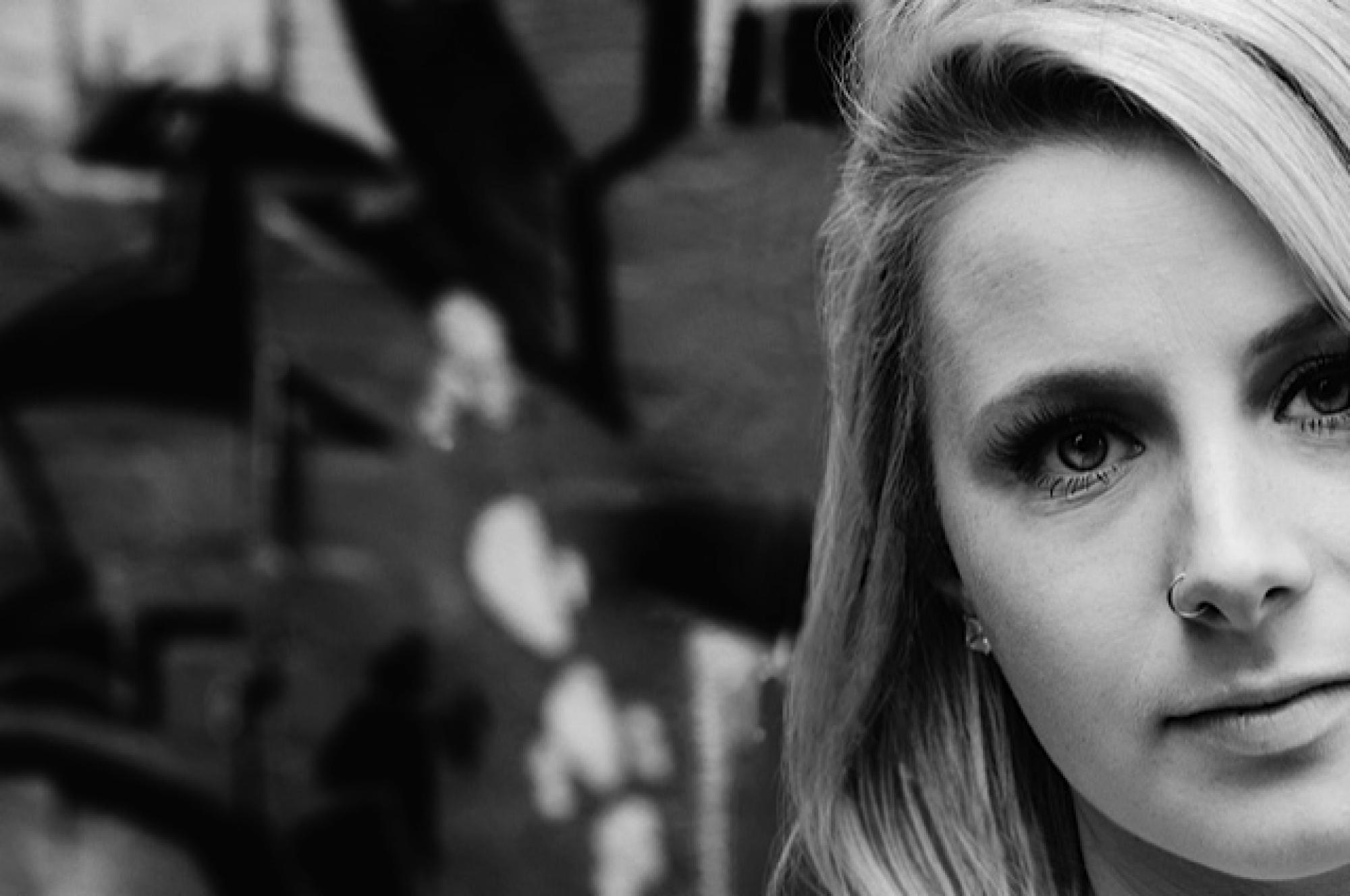
Throughout my entire life I felt a piece of me was missing.
Throughout my entire life I felt a piece of me was missing. Finding it would complete the picture of who I am and help me understand the origins of many of my traits. I was seven when I found out that I was donor-conceived. My mum and dad sat my younger brother and I at the end of their bed and told us that we were created in a different way
to other children. They also said that they were still our parents and that they loved us. Mum gave us a cartoon book, which detailed how we were created. I remember understanding what I was being told but at such a young age I never gave it a second thought. I started searching for my donor in April 2014, after my second shoulder re-construction.
The doctors said: “We don’t know why your shoulders are like this, you were obviously born with it, it’s genetic. Mum is an only child and shoulder problems don’t run on her side of the family. I really wanted to look for this person and get some medical history and I wanted to
Know more about my donor. I first went to Births, Deaths and Marriages. They had his last address but from 23 or 24years ago, since it hadn’t been updated. Therefore they were unable to find him. After getting
Over that initial shock, I continued my research and found VARTA’s website. They put me onto the clinic, who gave me two whole pages of non-identifying information about my donor in his own handwriting. I found out that my donor code was “JO” that he was married at
The time of his donation, already had children and was a mid-wife. The information also included a quote, his philosophy of life: “Man cannot discover new oceans, unless he has the courage to lose sight of the shore”. ‘Then in the next few weeks, an amazing thing happened. The clinic emailed me that they had found one of my half siblings and wanted to know whether I wanted to make contact with him. I also discovered that I had 13 half siblings, 11 boys and two girls. ‘The first time I met Robert my donor sibling was an overwhelming, amazing day.
We sat on a hill overlooking the beach and chatted for hours. We shared photos and memories and discovered that we had many similar interests, as well as physical traits. ‘I wasn’t always open about telling people that I was donor-conceived. But last year I decided to tell everyone on Facebook and just get it out in the open. I basically said:
'Everyone I’m donor conceived and I’m proud of it.' Now that I’ve shared this with the people in my life, I feel so much better. It’s like a weight off my shoulders.
Second of December 2015 I had the phone call that would finally help me piece together my own puzzle. My donor had been found! I wasn't prepared for this day to finally arrive and I certainly wasn't prepared for him and his family to be so open to contact. It was such a warm welcome into his family with two more brothers and also two sisters to meet. Nothing could prepare me for the wave of emotion that would hit me meeting these relatives and learning more about myself.Through this ongoing experience I finally feel at peace that the search is over, and like I finally understand exactly who I am.
- Chloe Allworthy
